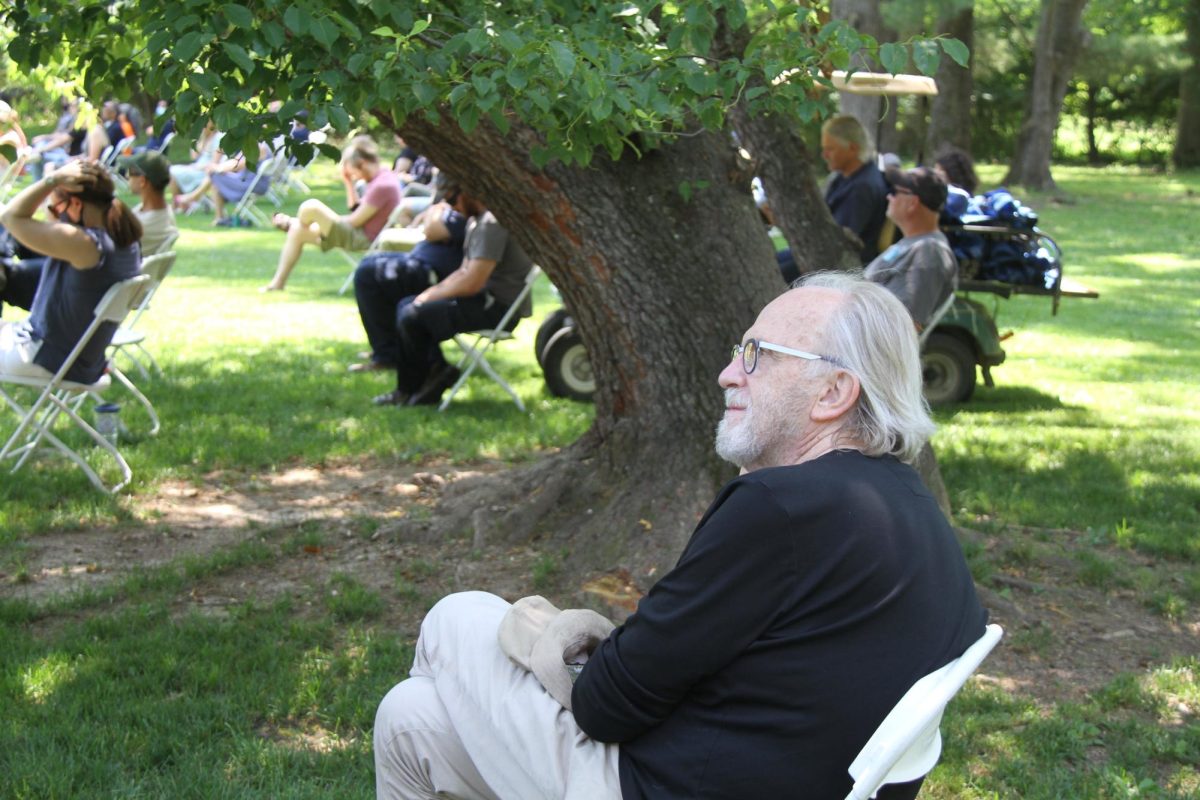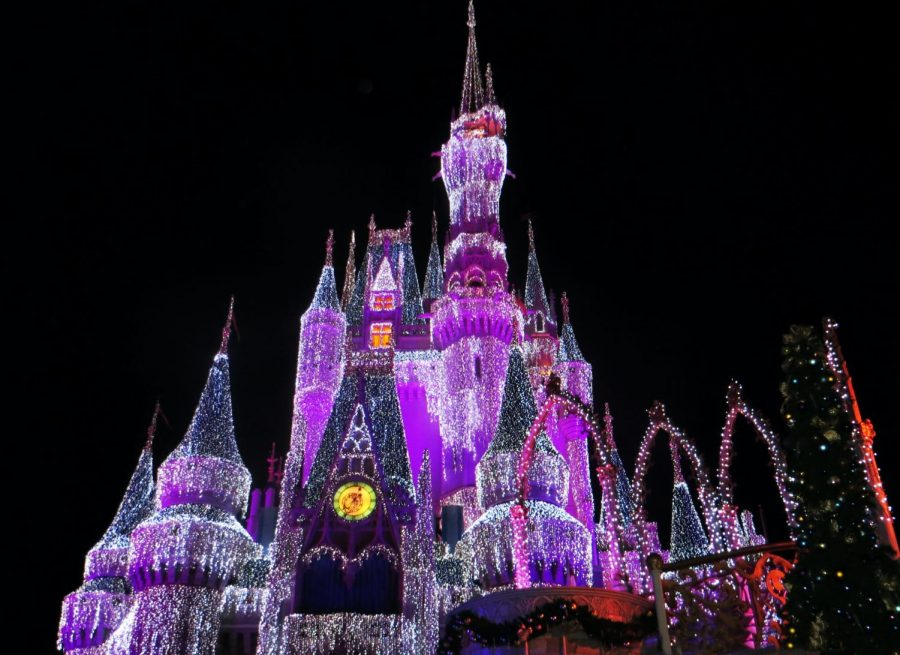Russia & Ukraine: Where Are We At?
The flag and coat of arms of Ukraine have become symbolic of the global fight for democracy Image Courtesy of Wikimedia Commons
February 28, 2022
Russia and the rest of the world have had a very complicated relationship throughout the past century; unfortunately, Eastern Europe has been caught up in international relations as a result of these issues. After World War II, the USSR annexed the Eastern Bloc, including Ukraine. In doing this, the Soviet Union became a communist superpower known for their limitation of civil liberties, lack of transparency, and use of military force. As tensions grew between the Soviet Union and other foreign superpowers, nations in western Europe and the United States joined together in an alliance called the North Atlantic Treaty Organization, or NATO, to prevent the spread of communism. Following decades of unconventional warfare, communism in Europe was extinguished with the fall of the USSR in 1991. Russian politics was democratized and nations in the Eastern Block gained independence from Moscow. However, despite the fact that Russia is officially a federal democratic state, they still have strong ties to communism and corruption, and the tensions that began during the 20th century still remain today.
Since Russia once governed Ukraine, there are strong social and economic ties between the two nations: natural gas pipelines being one of them. Ukraine also lies on Russia’s western border, and in the last decade, they have been making attempts to westernize, pursuing a spot in NATO and the European Union. Russia views this westernization as a direct threat to their national security. Some also believe that Russia is trying to reestablish their legacy in Eastern Europe. Fears initially emerged in 2014 when Russia invaded Ukraine and annexed Crimea, a peninsula with close Russian loyalties. Russia’s act of aggression sparked protests among the Ukranians, as they ultimately overthrew their pro-Russian president Viktor Yanukovych. Since then Russian-Ukrainian tensions have continued to grow, and Ukraine’s western allies have contemplated the best course of action.
In recent months, Russia has mobilized approximately 130,000 troops, along with medical supplies and military equipment, to the Ukrainian border, in a seemingly apparent bid for war However, Russia has adamantly dismissed any allegations of invasion as “hysteria.” On January 21, Biden declared that if Putin invaded Ukraine, America would not allow Nord Stream 2 to be built, and would target their economy.
As the Russian shadow over Ukraine looms larger, the rest of the world has begun to notice its presence. As current international relations stand, if Russia were to invade Ukraine, the matter could spiral into the largest conflict that has occured on European soil in the past 50 years, affecting the lives of nearly everyone on the planet. The PDS community is keenly aware of this threat. Sophomore Ben Masia comments, “I think the U.S. should stand for safety, especially given that 70% of all of Russia’s military forces are at the Ukrainian border right now.” Junior Laurel Masciantonio echoes, claiming that “I think it’s definitely concerning, and it seems a little scary. I know that there is a lot of tension between the two countries, and I really hope nothing bad happens. But I haven’t really heard too much about it, and I kind of wish we learned more about these issues in school.” Indeed, Masciantonio raises a valid concern; this is an issue that could possibly implicate the entire PDS community, and it is vital that students understand and discuss these foreign issues.





